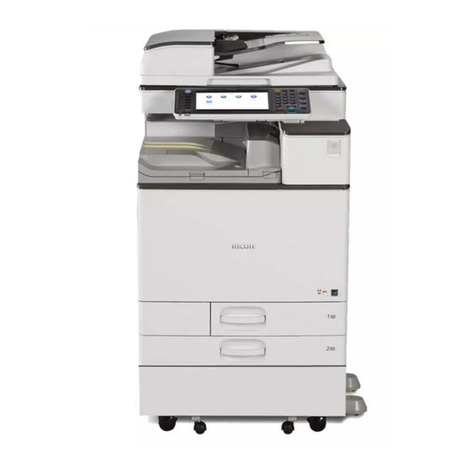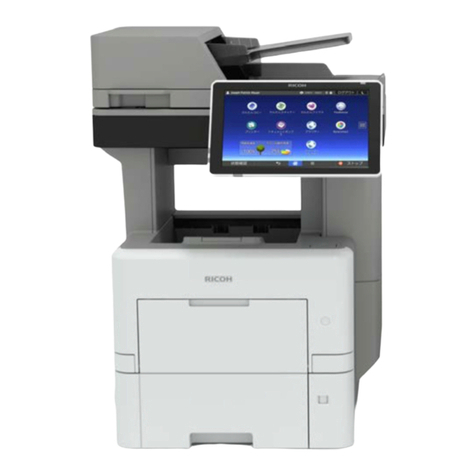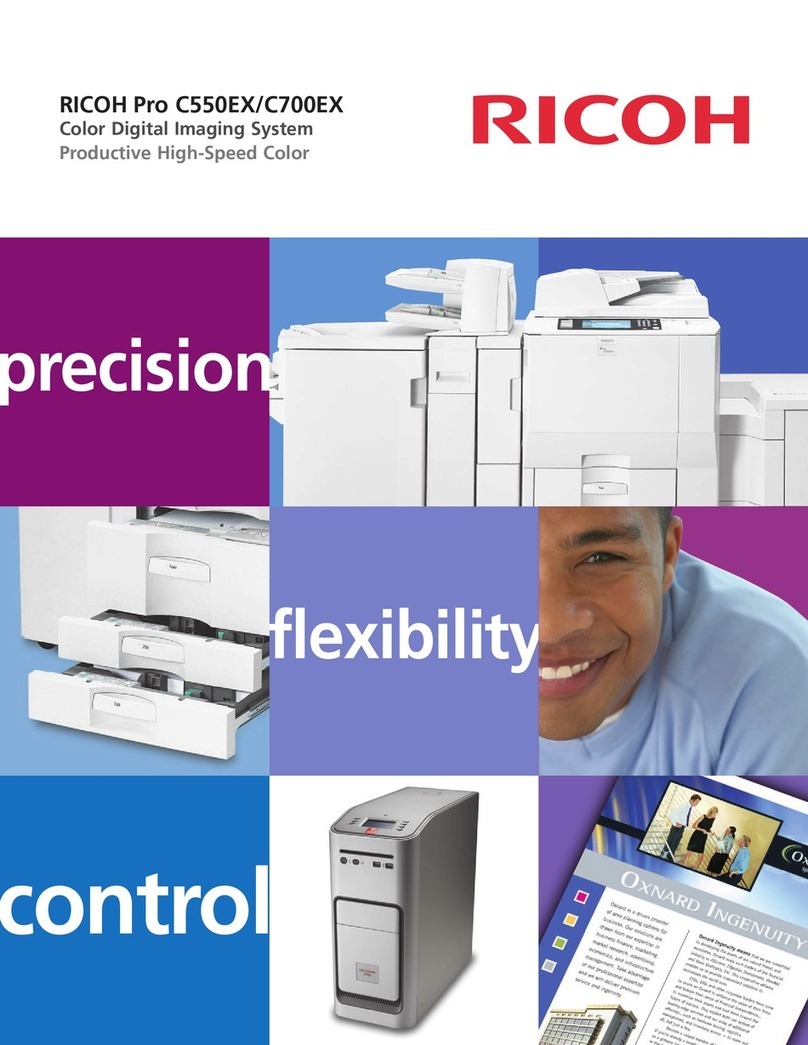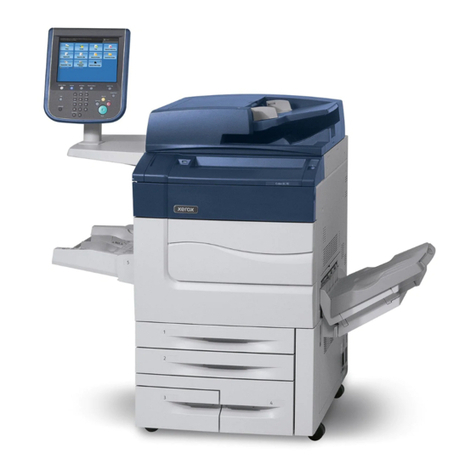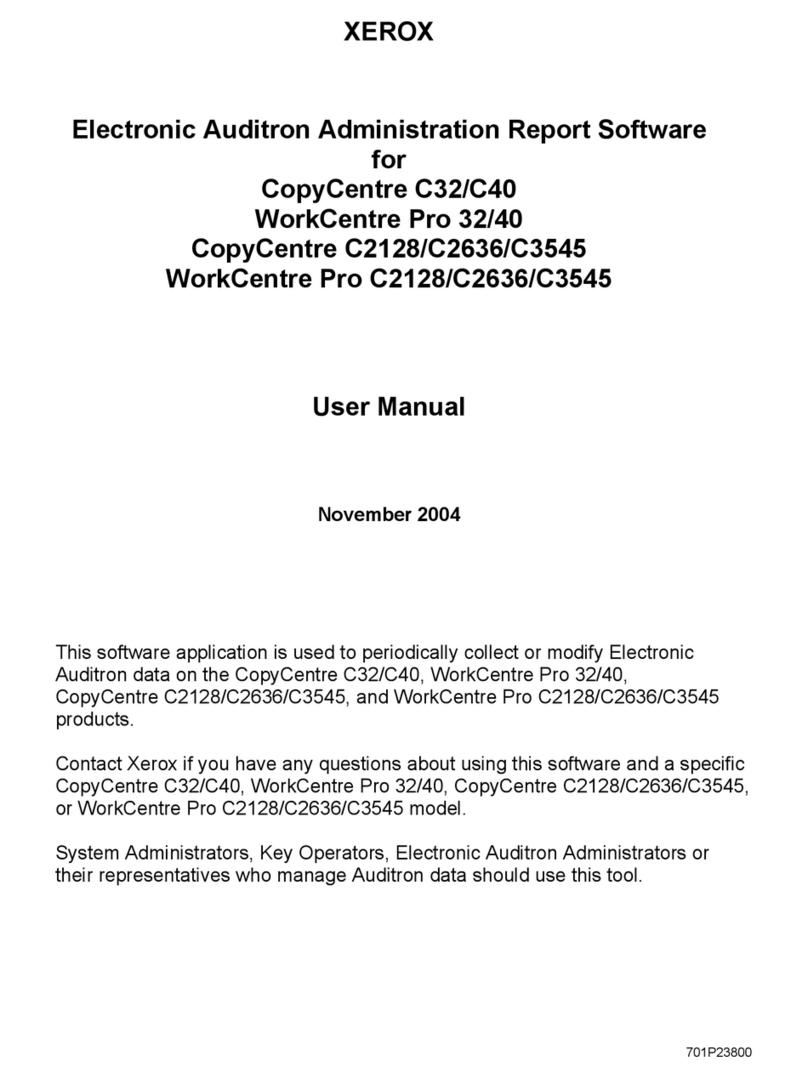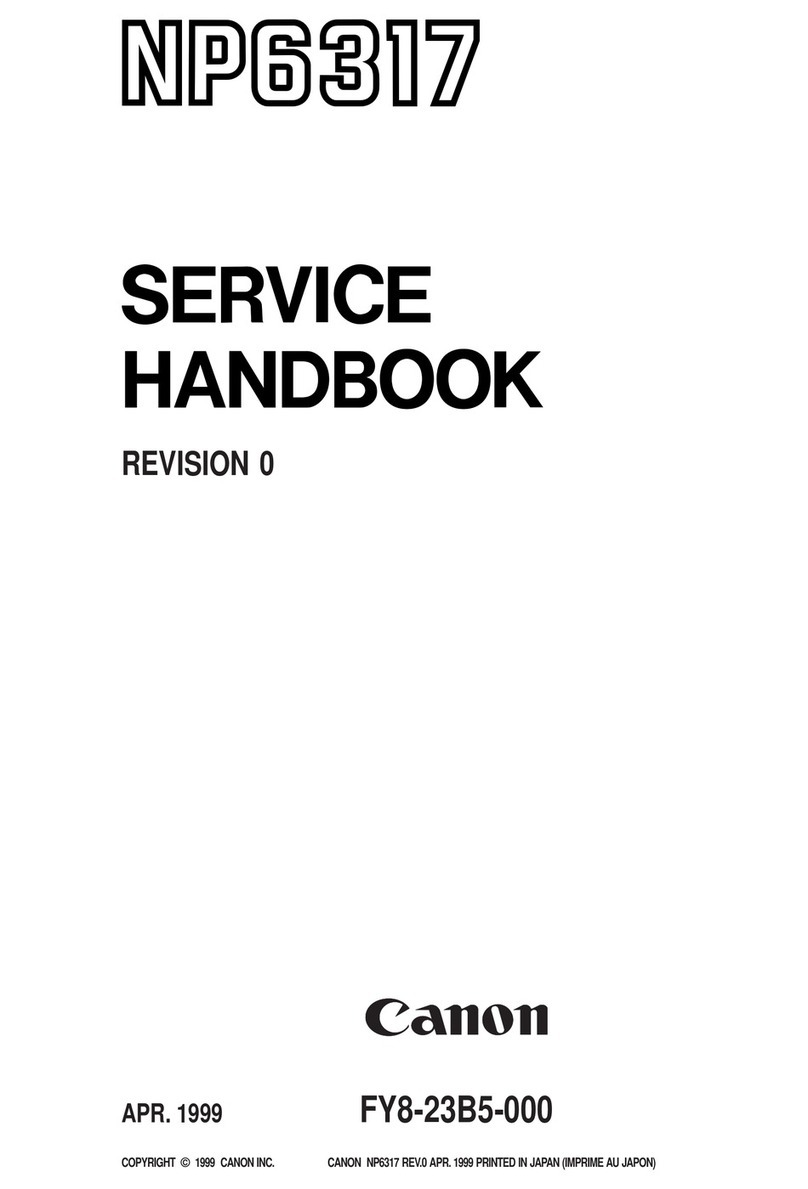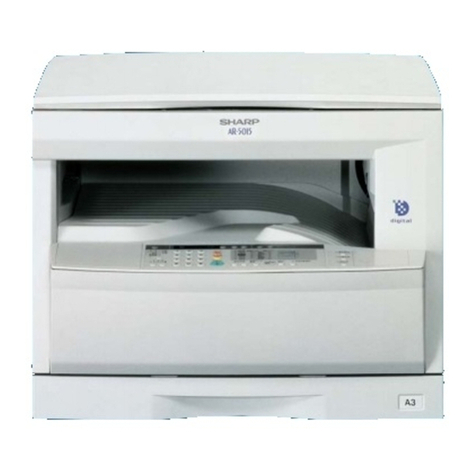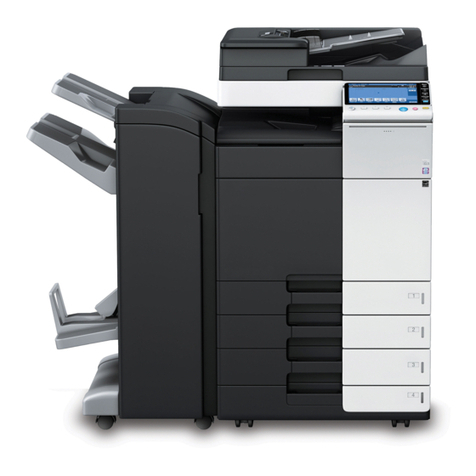Ricoh FW830 User manual
Other Ricoh Copier manuals

Ricoh
Ricoh Pro C900s Quick start guide

Ricoh
Ricoh Aficio 2035 User manual
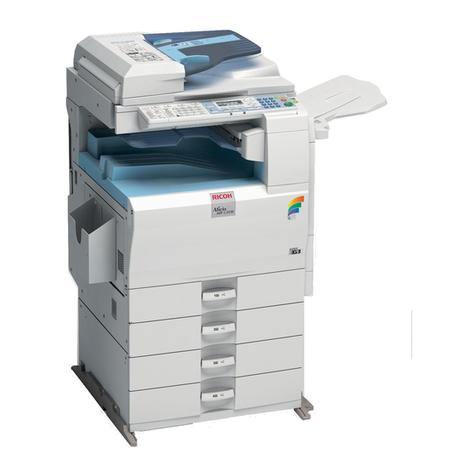
Ricoh
Ricoh Aficio MP C3000SPF Service manual
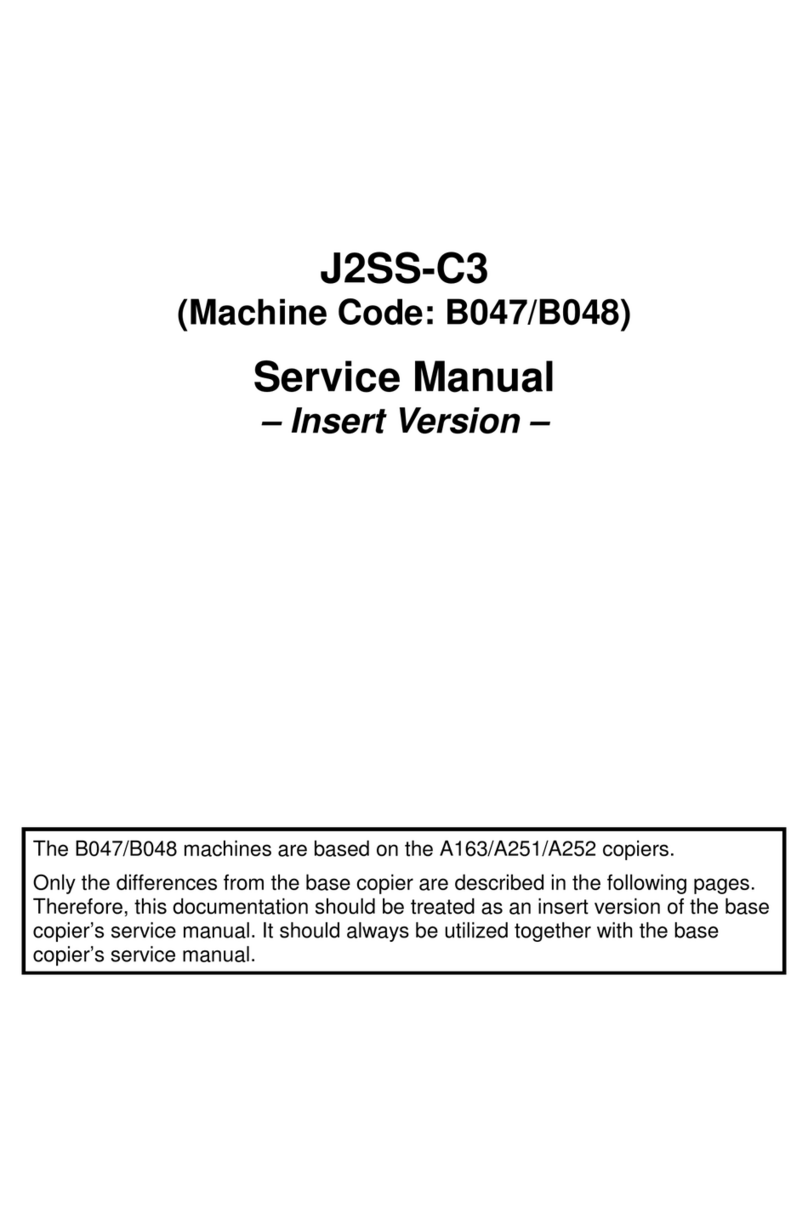
Ricoh
Ricoh J2SS-C3 User manual
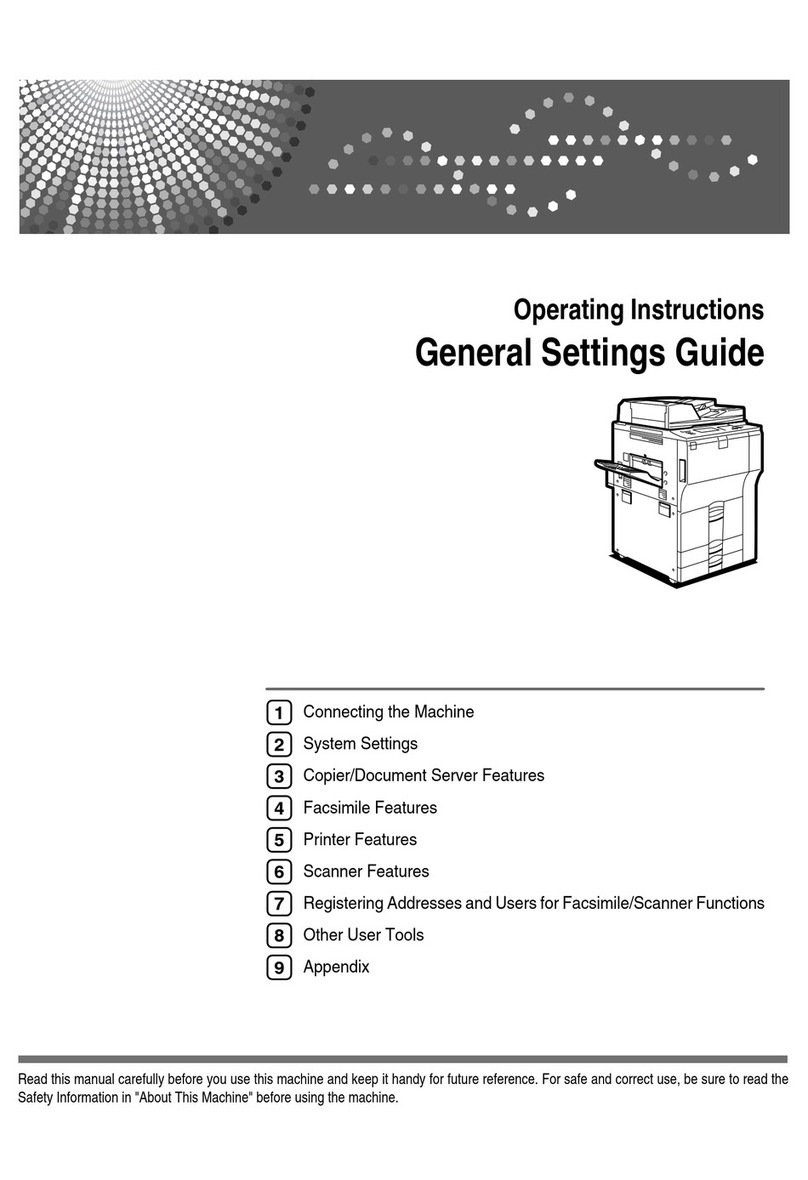
Ricoh
Ricoh 7650 User manual

Ricoh
Ricoh aficio 1013 User manual

Ricoh
Ricoh FW750 User manual

Ricoh
Ricoh PS430 User manual
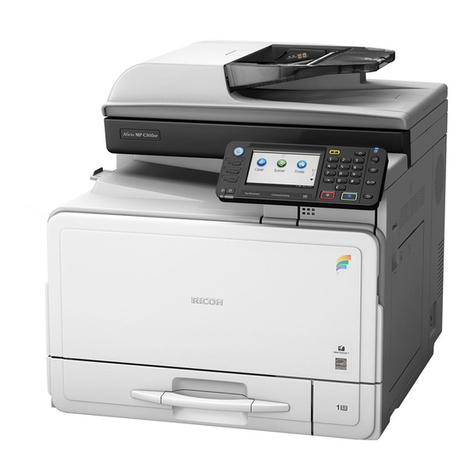
Ricoh
Ricoh D127 Quick start guide
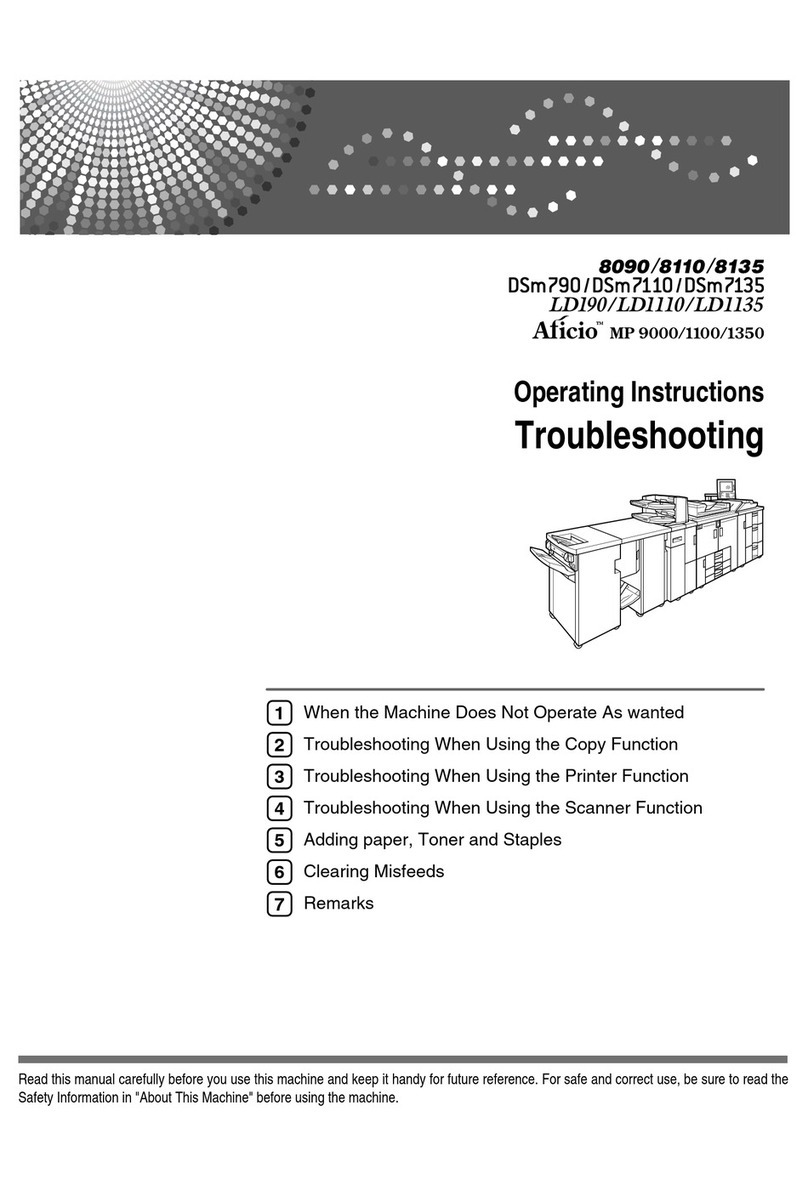
Ricoh
Ricoh feeder User manual
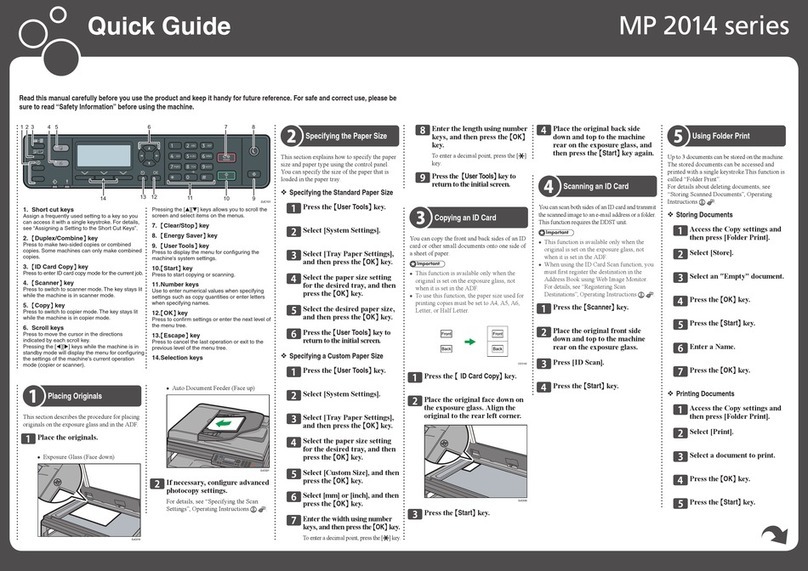
Ricoh
Ricoh MP 2014 Series User manual
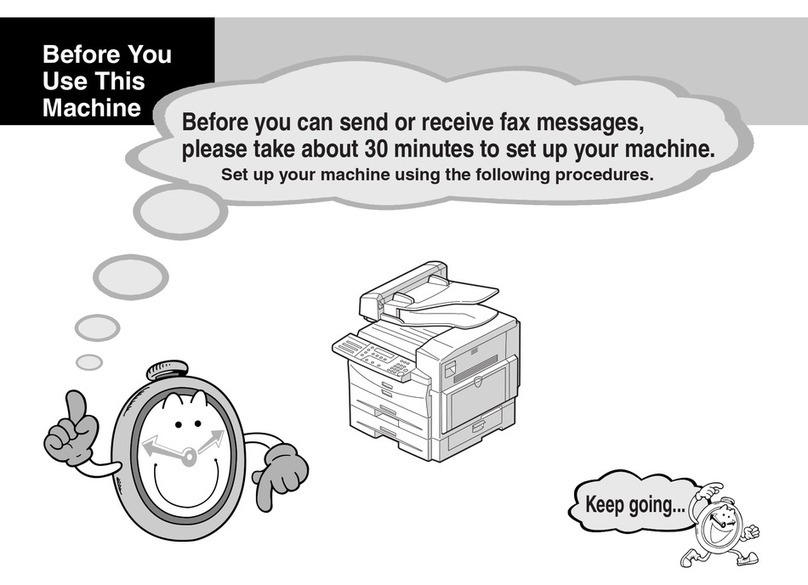
Ricoh
Ricoh aficio 1013 User manual

Ricoh
Ricoh FT 4015 User manual

Ricoh
Ricoh AD1 User manual

Ricoh
Ricoh Aficio FX10 User manual
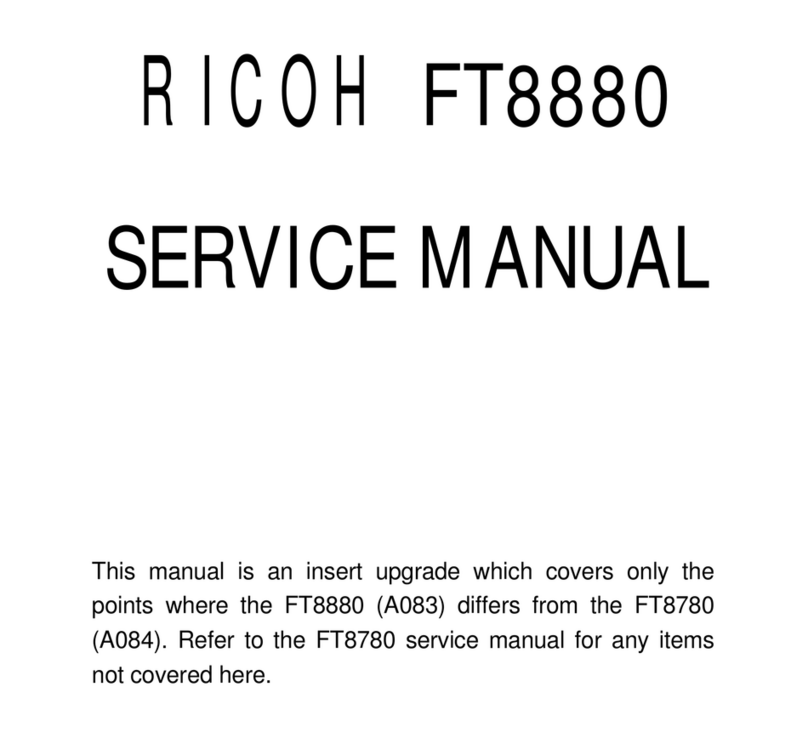
Ricoh
Ricoh FT8880 User manual

Ricoh
Ricoh A069 User manual

Ricoh
Ricoh B003 User manual
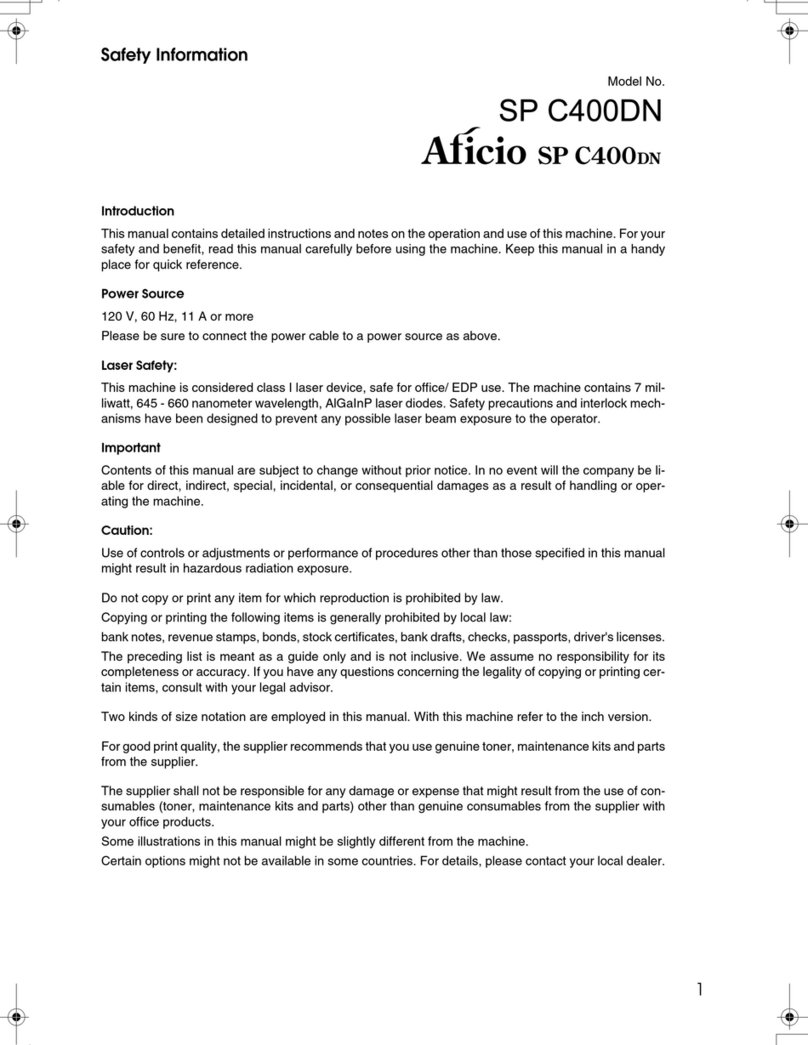
Ricoh
Ricoh Aficio SP C400DN User manual
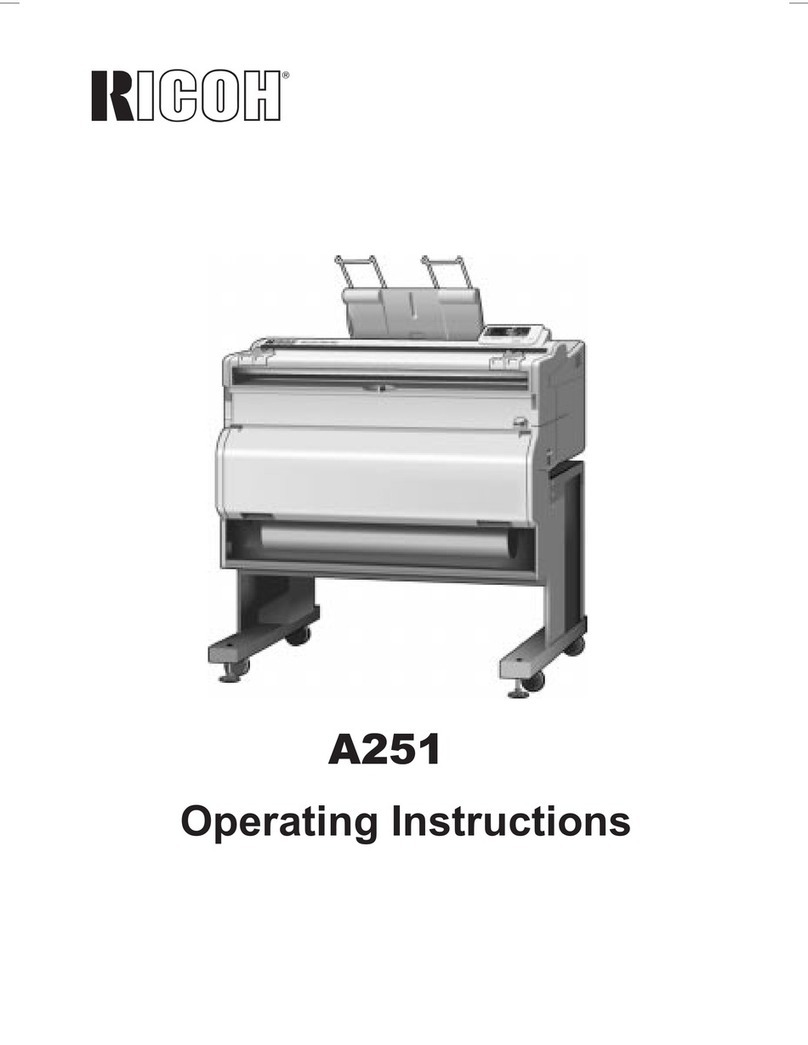
Ricoh
Ricoh A251 User manual

